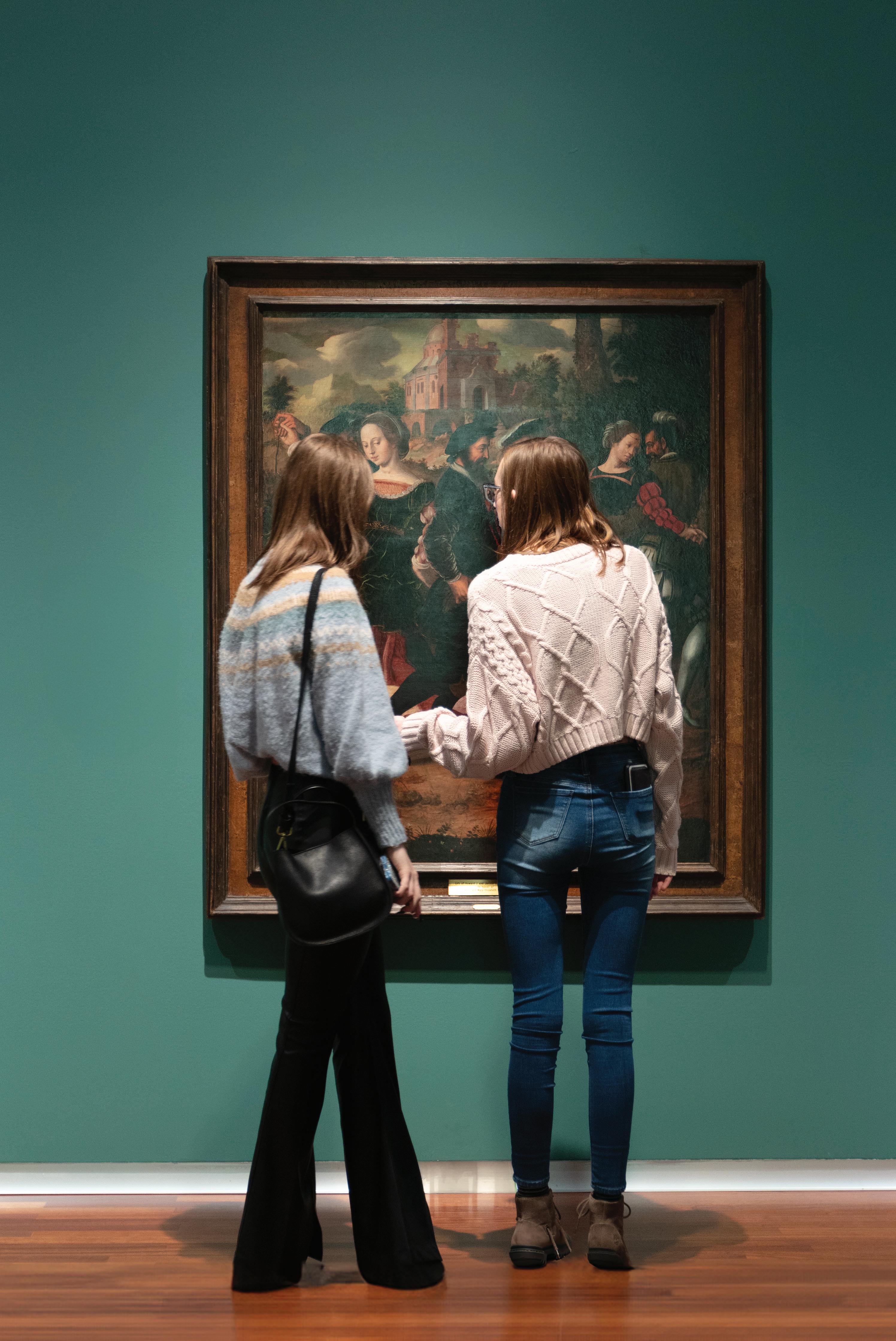
You are curating dreams.
Our Research
Impacts Economic Growth
7
135 ISSUED PATENTS
28 PRODUCTS LAUNCHED
$361,000 to $22,700,000
$106,000to$361,000
Endowed Chairs
200 ENDOWED CHAIRS


You are curating dreams.
7
135 ISSUED PATENTS
28 PRODUCTS LAUNCHED
$361,000 to $22,700,000
$106,000to$361,000
200 ENDOWED CHAIRS
Two years ago, at my inauguration ceremony, I stood on the stage of Kingsbury Hall and spoke about the University of Utah’s core philosophy: Imagine, then do. This simple statement has been a touchstone for me, shaping my leadership and inspiring me with the vast possibilities contained in those few words.
I believe to imagine is to be creative. It’s an inclusive act that invites others to join us in something greater than our individual selves. At the University of Utah, we are pursuing a bold goal: to achieve unsurpassed societal impact by becoming a top 10 world-class public institution for contributions to our community. Realizing this goal will require the power of our collective imaginations and a shared resolve to take action.
In these pages, you’ll read stories about leaders on campus whose imaginations are leading transformative change. They represent just a few of the countless individuals within the university community whose innovative efforts are impacting lives at home and around the world. Their work would not be possible without the investment of our philanthropic partners, like you, who invest in our shared vision for the future through endowment support.
My colleague Gretchen Dietrich, the Marcia and John Price Executive Director of the Utah Museum of Fine Arts, characterizes the transformative power of endowments beautifully: “Endowments create the bedrock for what we’re able to build today, as well as what we’re able to dream for tomorrow.”
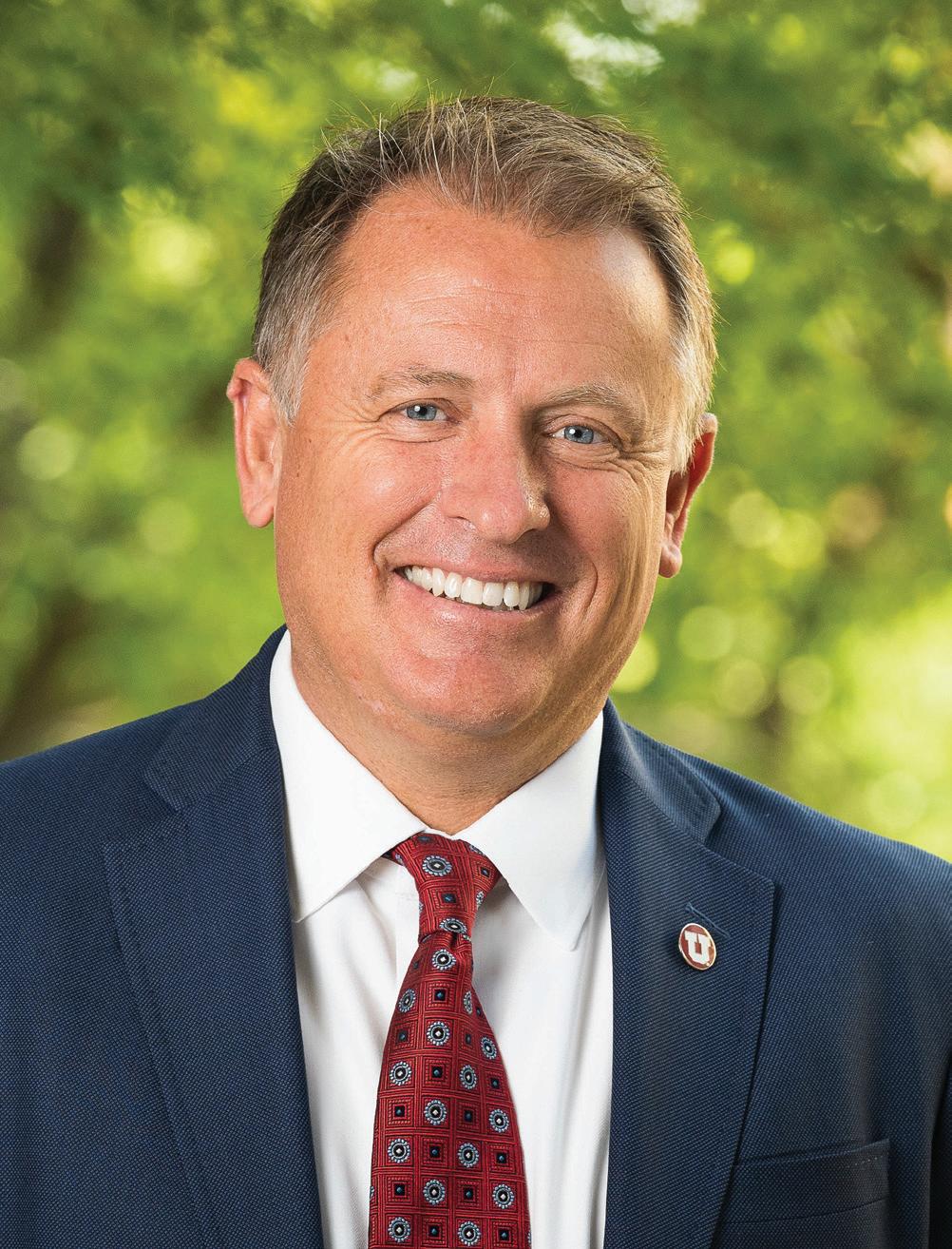
Thank you for demonstrating your belief in a better future by fueling what is possible today.
With gratitude,

Taylor R. Randall, HBA ’90 President of the University of Utah
Marcia possesses this quiet sort of power and has an amazing way of keeping everyone happy and focused in the same direction.
Gretchen Dietrich
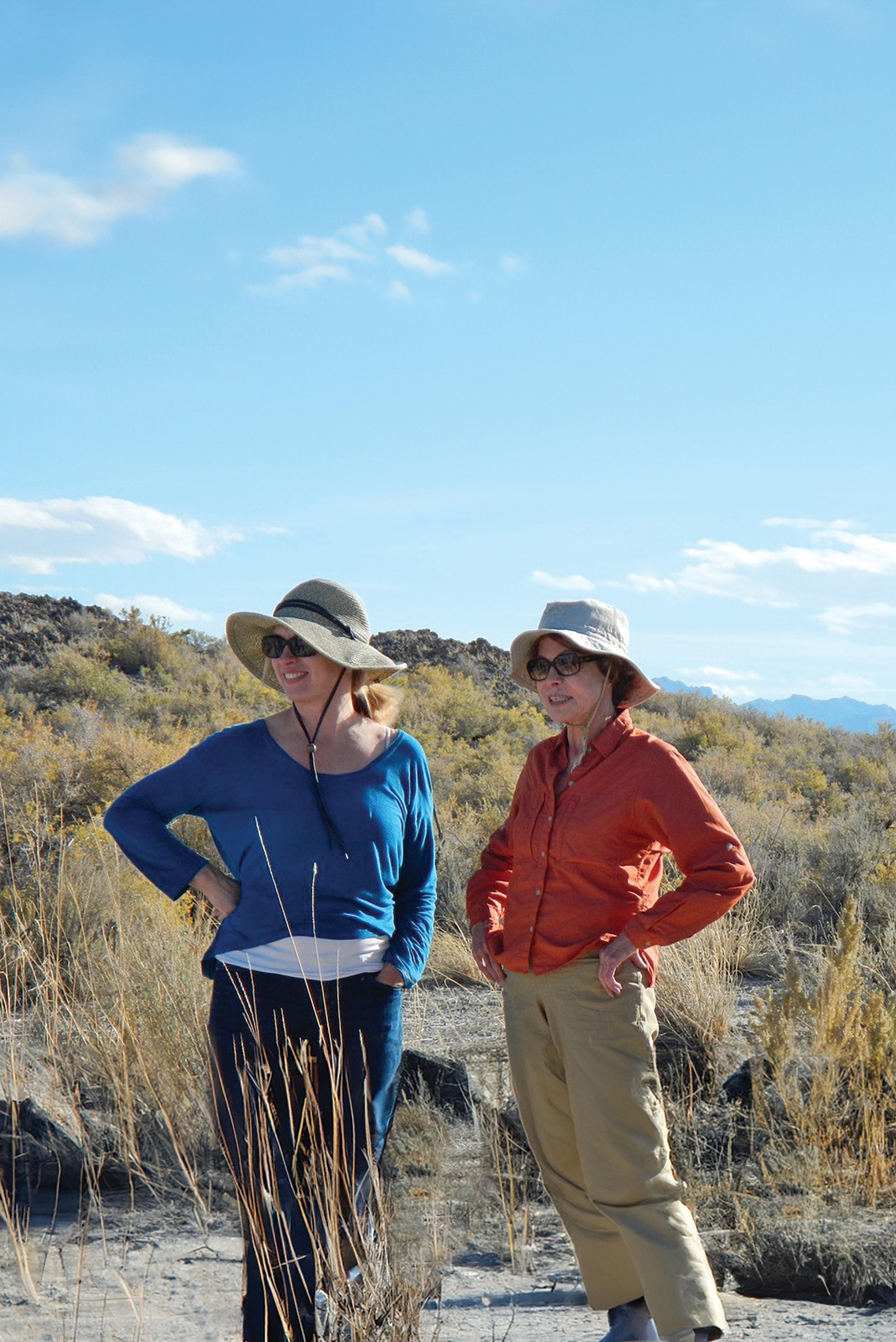
Read about the unique partnership between philanthropist Marcia Price and Utah Museum of Fine Arts Executive Director Gretchen Dietrich on page 4.

An endowment gift that fuels research and mentorship of some of the future’s most promising cardiologists
BY AUDREY MAYNARD
For John and June B. Hartman Presidential Endowed Chair, James C. Fang, MD, medicine is all about people.
“It may sound like a medical school essay, but you’ve got to love people–nice ones, difficult ones, young or old, you’ve got to love people in all their dimensions.”
It’s his inherent love for people that called Fang to a career in academic medicine. Since 2013, Fang has served as chief of cardiovascular medicine at the Spencer Fox Eccles School of Medicine at the University of Utah. Fang is responsible for building highly skilled teams that provide comprehensive, personalized, and cost-effective care to patients, as well as overseeing the research, education, and clinical care programs within his division.
The gift of an endowment to support his research has been an important factor in the execution of the extensive work he does.
Early on in his medical career, Fang planned to become a surgeon, but his residency at Johns Hopkins Hospital opened his eyes to the one-on-one impact he could make through cardiovascular medicine.
“At Hopkins, life was so much about the people,” he said. “I met some incredible cardiologists there, and I realized how much could be done for patients at the bedside. I just thought it was a remarkable profession because, as cardiologists, we listen to the heart, we feel for the heart.”
In 2017, Fang was introduced to a new patient, June Morris, the groundbreaking Utah entrepreneur and founder of Morris Air. Morris, who was then 86 years old, came to Fang seeking a second opinion for heart complications she suffered after contracting pneumonia. Morris's granddaughter and caregiver, Zenia Frendt, was with her for her initial physician’s visit and felt strongly that more could be done to treat her grandmother’s condition.
“It felt like they just looked at her and said, ‘Old lady, 80s, heart problems. She’s gone–that’s the breaks. Here’s the normal meds that everyone takes. Have a nice day,’” Frendt said.
Fang, however, introduced Morris and Frendt to a promising medication based on emerging research, which ultimately gave Morris four more years of life.
“Dr. Fang listened,” Frendt said. “Rather than see her great-grandkids reach nine, my grandmother saw them reach 13. That was four more Christmases. Four more years with family. Four more years to get to know her great-grandchildren.”
The Morris family was so grateful for the care June received at the University of Utah that they contributed to the John and June B. Hartman Presidential Endowed Chair through their family foundation to support Fang’s work. Frendt, who serves as director of The June Morris and Frendt Family Foundation, is driven to leverage the power of her family’s resources to affect positive change in the health care system.
“The more I think about my story, the more frustrated I get with how broken the system is nationally and how hard it is for people to find the right kind of care for their families,” she said.
As both a physician and administrator, Fang hears Frendt’s frustration and believes that academic medical centers are the solution to changing the American health care landscape for the better.
“As an academic medical center, we have a unique and important social responsibility,” he said. “The public looks to the University of Utah to make health care better. But we don’t feel like we are really delivering good care unless, number one, we’re trying to make it better, and number two, we’re teaching other people to do it well.”
For Fang, a key factor to achieving this is time. In a profit-driven system where health care providers are often paid for their level of productivity, doctors struggle to devote the time their patients need and deserve.
“The more patients you see, the more tests you order, the better you get paid—it just makes no sense at all,” he said. “But patients understand the time you spend with them. That’s what they want of you. They just want your time, and they want you to listen.”
Philanthropic partners are therefore essential to bridging the gap between the clinical bottom line and helping U of U Health fulfill its institutional mission.
The John and June B. Hartman Presidential Endowed Chair gives the Department of Cardiology the opportunity to attract and retain expert faculty like Fang to elevate the heart failure research program to be one of
the best in the nation.
The philanthropic support of the Morris and Frendt Family Foundation to Fang’s endowed chair allows him to utilize funds from the endowment to expand his efforts to recruit and mentor the most promising young cardiologists.
“At the end of the day, there are dollars at stake, and it takes resources to do things,” he said. “This is why friends like the Hartmans and the Morris/Frendt family have been so wonderful to us. Because without their philanthropy and generosity, we couldn’t get nearly as much done.”
Frendt recognizes that one foundation cannot fix an entire system, but she believes that investing in scholarships, research, and the next generation of health care providers will eventually add up to better health outcomes for everyone.
“We want to support the people who are willing to listen to families, to dig into the latest research, and make a difference even for one family or one patient,” she said.
Fang is humbled by the recognition he has received from the support of the Hartman and Morris/Frendt families to further his work, and he looks forward to using the resources they’ve given to help realize their philanthropic vision.
“Believe me, I am so thankful for their confidence in us to move the needle on this issue. If we don’t move it, nobody will,” he said. “We have the greatest collection of faculty here—wonderful people who are truly committed to our mission of making a difference.”

BY AUDREY MAYNARD
Gretchen Dietrich wears many hats in her role as the Marcia and John Price Executive Director at the Utah Museum of Fine Arts (UMFA): educator, art historian, curator, fundraiser, administrator, and more. But if you ask her what her primary—and most cherished—role is, she’s likely to say that of a builder.
For nearly 15 years, Gretchen has been at the helm of the UMFA, growing a team that collects, exhibits, interprets, and cares for more than 21,000 objects representing global cultures from the ancient to the contemporary.
“Our mission at UMFA is to not only show a great art exhibition—it’s to build a collection for our community now and for the future,” she said. “Philosophically, building collections and thinking about how the UMFA acquires art is very important and has everything to do with not just what our community looks and feels like now but what it will look and feel like in the future.”
Under Gretchen’s leadership, the museum has flourished, with increased attendance, audience engagement and community outreach, higher revenues and new institutional support, and an elevated national profile. Her partner on this journey since day one has been Marcia Price, UMFA’s most ardent supporter and board chair since 2003.
Marcia, a University of Utah alum, discovered her passion for the arts after taking an introductory course from Utah artist Doug Snow as an undergraduate student. That formative experience ignited within Marcia a lifetime of service and advocacy for the arts across Utah and throughout the nation, which culminated in her receiving the Governor’s Mansion Artist Lifetime Achievement Award in 2022. She and her husband, Ambassador John Price, are longstanding donors to the UMFA and were instrumental in the construction of the award-winning Marcia and John Price Museum Building in 2001.
“Marcia is totally committed to art, and she has worked incredibly hard over the years to build the UMFA into the university’s art museum—truly the state’s art museum,” Gretchen said.

Marcia believes museums are the repository of our dreams, beliefs, and aspirations made visible as paintings, drawings, and sculptures. They tell our human story.
Gretchen describes her partnership with Marcia as an “unusual” one. On average, art museum directors stay with an institution for less than seven years, and board chairs typically serve a term of two to five years. But Gretchen is not about to fix what’s not broken and believes that Marcia is a key factor in the UMFA’s continued growth and visibility. She credits Marcia with setting a strong example for other board members, encouraging them to serve as “cheerleaders” in the community and use their influence to garner financial and volunteer support for the museum and its programs.
“Marcia possesses this quiet sort of power and has an amazing way of keeping everyone happy and focused in the same direction,” Gretchen said. “She has helped us to build a board of wonderful people who just ‘get it’ and who want us to become the museum that we want and need to become.”
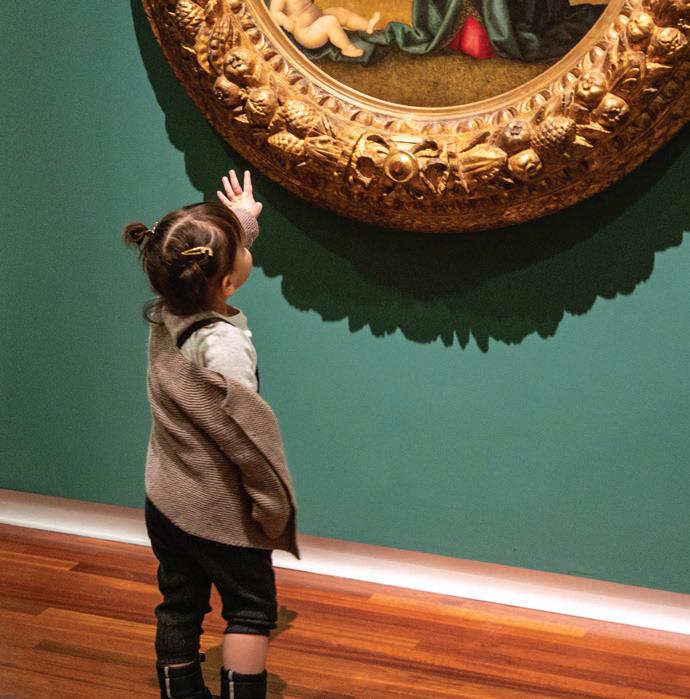
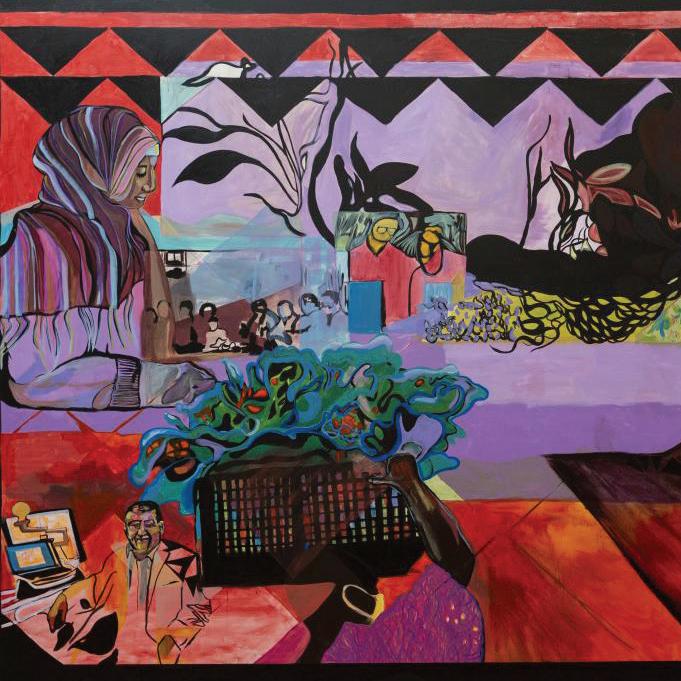
Last year, Marcia and Ambassador Price cemented their legacy at UMFA by contributing a monumental $5 million gift to endow the Marcia and John Price Executive Director at the Utah Museum of Fine Arts. This endowment will—in perpetuity—support the salary, benefits, professional development, travel, and other needs of the museum’s executive director. This gift is in addition to the significant annual contribution that the Prices designate to the UMFA’s operating budget.
“The Price’s endowment is a foundational gift for the UMFA,” Gretchen said. “We know that the museum is going to have this expense forever, and when I move on, the endowed directorship will signal to future candidates that the university and broader community care deeply about this museum and this position.”
According to Ambassador Price, the endowed directorship elevates the commitment to and care for the museum—both locally and beyond.
“Marcia and I believe the importance of the endowment is to continue to attract the finest director


to lead the UMFA and continue its value and importance in the state of Utah and nationally,” he said.
For Gretchen, the Prices' investment is also an acknowledgment of her strong stewardship of their support and their belief in where she’s leading the UMFA in the future.
“This gift is deeply personal and meaningful to me because Marcia and John know their money has been used wisely, and they feel good about the direction we’re moving this institution,” Gretchen said. “It makes me feel like they’re proud of what the museum has achieved under my leadership these last 15 years.”
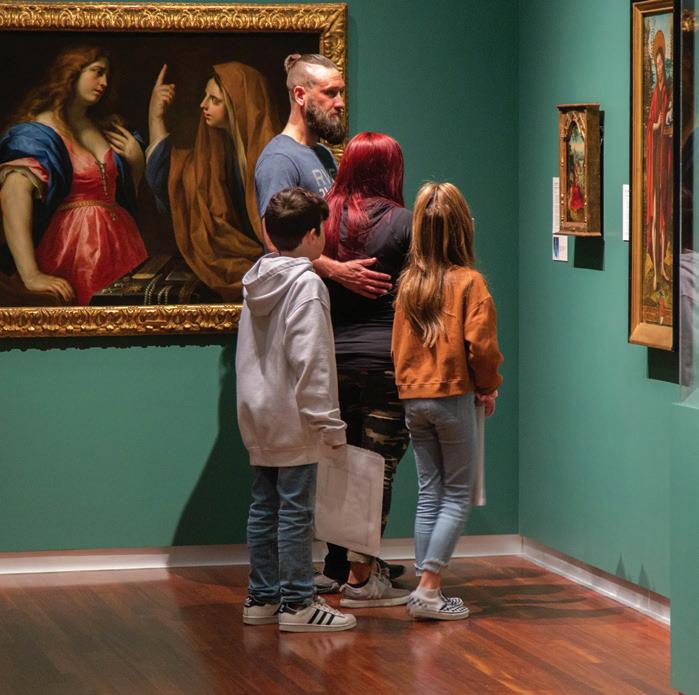
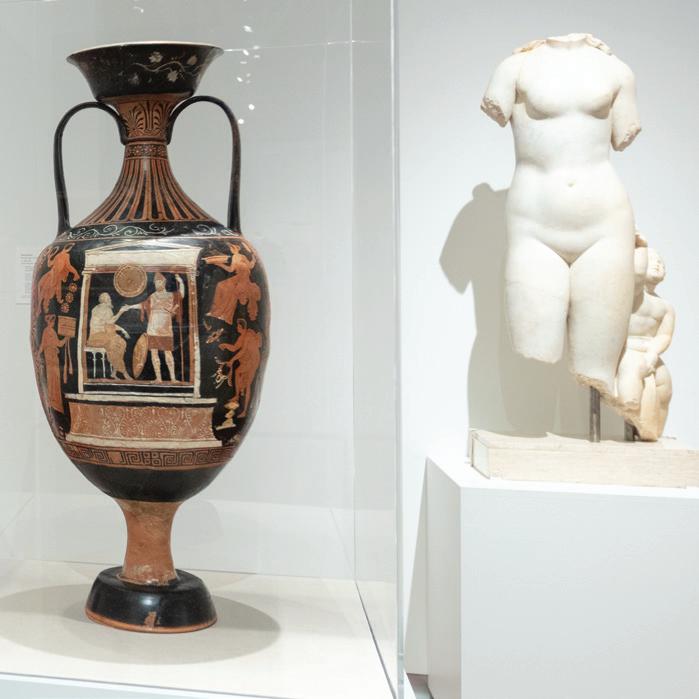
A consummate patron of the arts, Marcia values the tremendous work Gretchen has done over the years.
“The ongoing success of the UMFA is important to John and me,” Marcia said. “We are proud of the UMFA under Gretchen’s leadership, and we appreciate her dedication and unwavering support of the museum. I have loved partnering with her.”
Today, Gretchen and her team are busy planning the next chapter in the UMFA’s history—one that will be defined by the quality of its collection, the value of its programming, the capacity of its facility, and its status within the arts and culture sector of Utah and beyond. She credits the Prices for their wisdom and foresight in helping make this vision a possibility.
“The Prices are a great example of philanthropists who trust and support the expertise of people who are in leadership positions,” Gretchen said. “Their gift, like all endowment gifts, creates the bedrock for what we’re able to build today, as well as what we’re able to dream for the future.”
BY JULIE KIEFER AND AUDREY MAYNARD
University of Utah Health is a pioneer in medical innovation. From implanting the world’s first artificial heart and identifying the gene that causes breast and ovarian cancer, to fostering the research of a Nobel Laureate in genetics, U of U Health has, for decades, been at the forefront of scientific discovery at home and throughout the world.
Now, two University of Utah Health endowed chair holders are among the latest to be recognized nationally for their contributions to science. Michael L. Good, MD, and David W. Grainger, PhD, were named as Fellows of the National Academy of Inventors (NAI) in December 2023, bringing the number of NAI Fellows from the U to 21. Good currently holds the A. Lorris Betz, MD, PhD, Presidential Endowed Chair for the Senior Vice President for Health Sciences and is CEO of University of Utah Health, while Grainger holds the Ole and Marty Jensen Endowed Chair in Tissue Engineering and is also a distinguished professor of biomedical engineering and of molecular pharmaceutics and chair of the Department of Biomedical Engineering.
Good’s and Grainger’s breakthroughs have been made possible by the generosity and foresight of those who have invested in their research. They are grateful for the recognition they have received and for the opportunity they’ve had to impact the health and well-being of countless lives.
“Being elected to the NAI is a kind of capstone,” said Good. “It’s gratifying to know that my early work has been recognized by peers as innovative and worthy of this distinction.”
Of his own election to the NAI, Grainger said, “Together with my teaching and mentoring the next generation of student creators, thinkers, and inventors, translating technology to practical utility and adoption is highly rewarding.”
Election as an Academy Fellow is the highest professional distinction awarded solely to inventors. The 2023 Class of Fellows comprises 162 distinguished academic inventors.
Here’s a look at their inventions.

Good’s invention, the Human Patient Simulator, was originally inspired by a trip to the batting cages in 1985. As an anesthesiologist, Good was frustrated that residents in his field could only practice their skills during the few times of day when surgeries were scheduled. While swinging at ball after ball, he reasoned that if a pitching machine could give athletes the ability to practice outside of a baseball game, perhaps he could create a simulator that enabled anesthesiologists to practice outside the operating suite.
That “a-ha” moment inspired Good to lead an intensive research and development program at the University of Florida that resulted in 10 patents. The interdisciplinary effort combined his expertise in computer science and medicine with that of dozens of collaborators specializing in math, engineering, and business. In 1993, the lifelike mannequins that simulate both routine and rare medical scenarios entered the market, with medical educators from the U being early adopters.

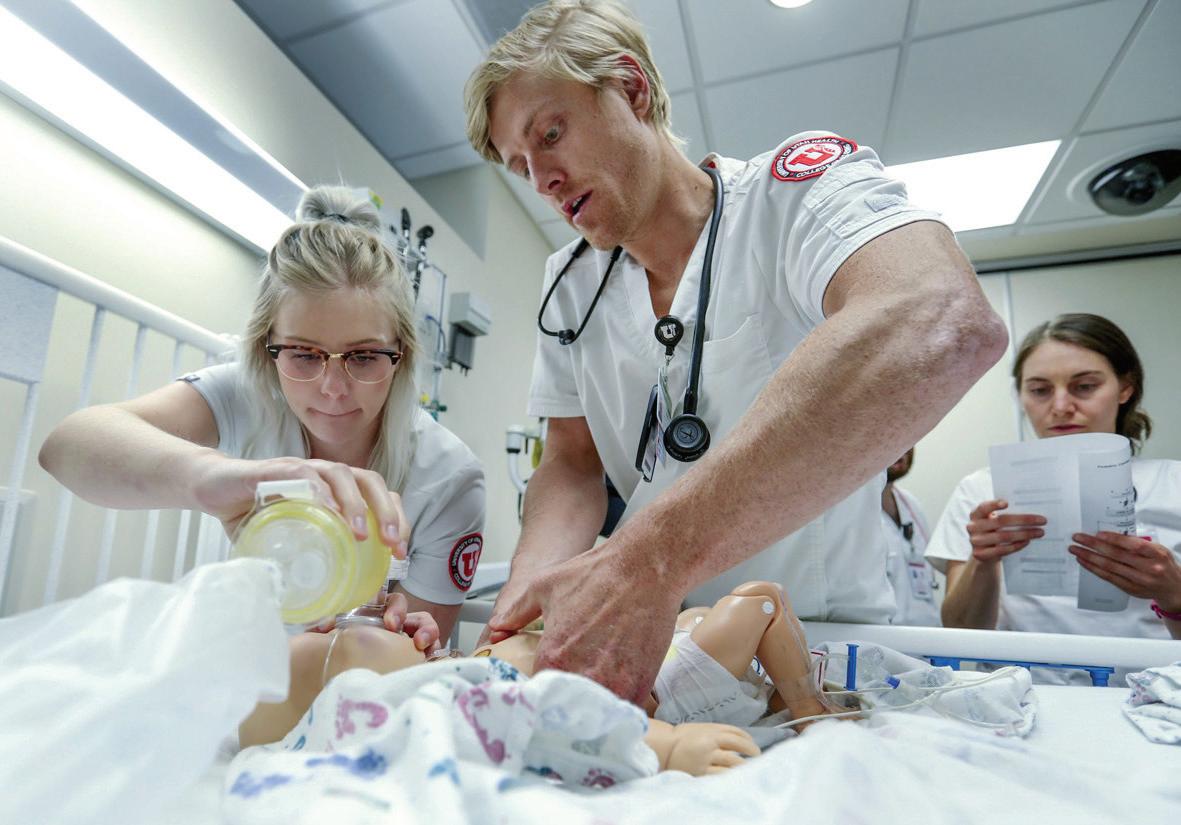
PHOTO BY CHARLIE EHLERT
Today, next-generation patient simulators are empowering health care professionals across the globe to refine multiple lifesaving skills. The innovation has saved countless lives.
Good credits his experience as inventor, researcher, and interdisciplinary team leader for helping shape his leadership style today. U of U Health has flourished since his arrival in 2018. With an annual budget of $5.3 billion in FY22, the academic medical center encompasses five hospitals and 12 community clinics, a 1,700-member University of Utah Medical Group, a world-class research enterprise with $521.5 million in sponsored projects annually, a 253,000-member health plan, and numerous institutes and centers spanning more than 200 specialties.
“I think people come to academic medicine and academic health sciences because they want to make the world a better place,” he said. “My goal is to create an environment at University of Utah Health that supports the creativity and wisdom that sparks innovation.”


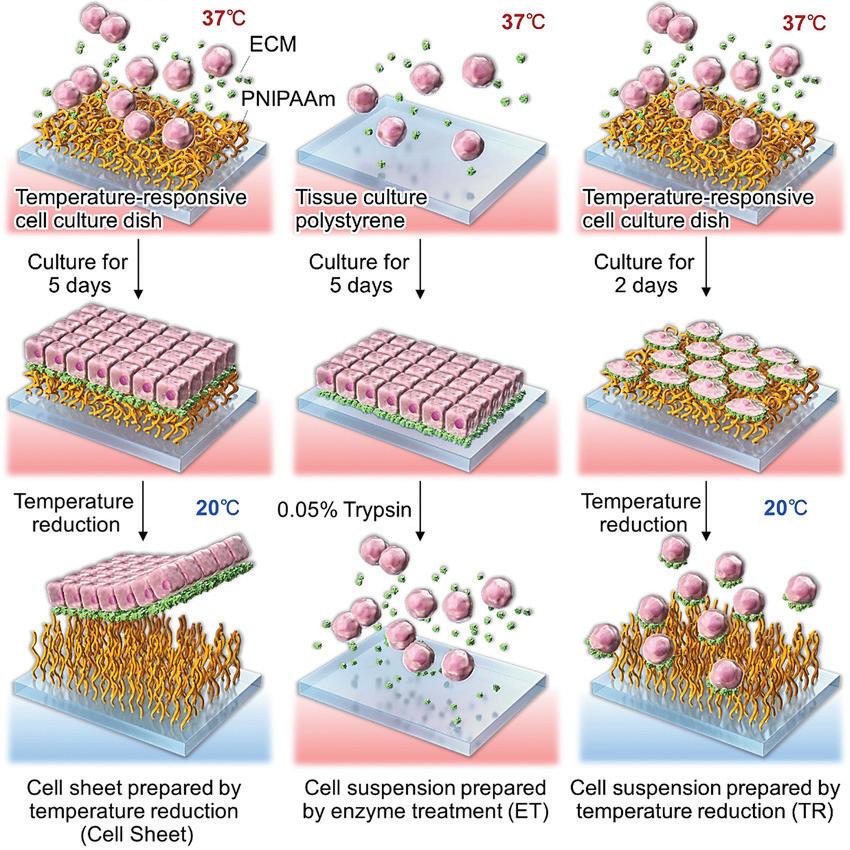
A recognized expert in biomaterials chemistry and medical device innovation, Grainger’s research has contributed to applications in diverse fields, including drug delivery, medical implants, diagnostic devices, and new cell therapies. His seven patents to date have been translated into multiple commercial products, from medical diagnostic components to tendon repair implants to antimicrobial medical devices.
University of Utah spin-off company Elute uses Grainger’s technology in its unique implantable devices to combat infections after joint replacement surgeries. Every surface of a prosthetic joint is susceptible to colonization by bacteria, leading to an increased risk of infection. Elute’s synthetic, degradable bone filler “granules” are engineered to encourage new bone in-growth and release antibiotics at controlled rates to enhance implant bone healing and reduce infection. Elute’s first-in-human-approved antimicrobial combination device is now in Phase I pivotal clinical trials.
“Engineering’s intersection with medicine is an exciting place to work and teach, with many challenges seeking creative solutions,” Grainger said. “The University of Utah fosters relationships, research, and collaborations at this intersection— and I’m so pleased to pursue work that makes a real impact on people’s health and quality of life.”